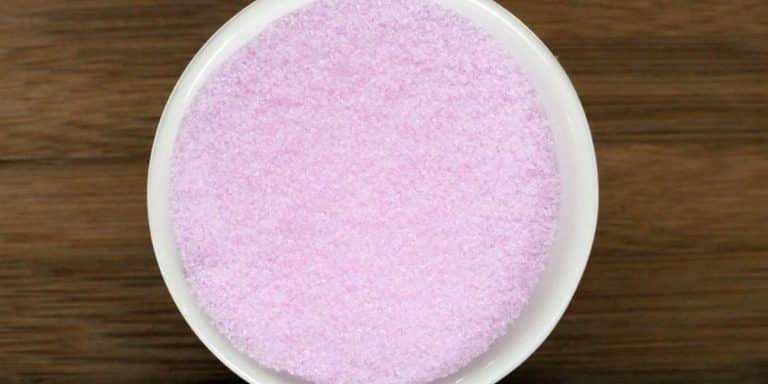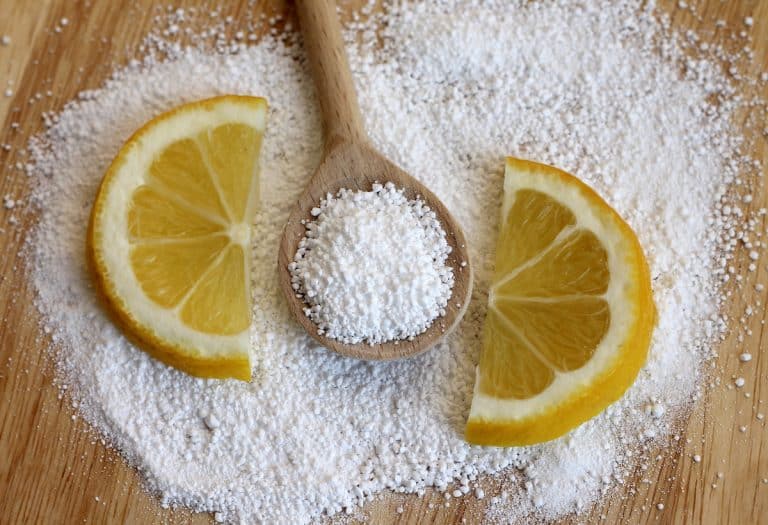True gumbo file powder is made entirely from ground leaves of the sassafras tree. Note that there are gumbo file seasonings that may include sassafras along with other spices. Sassafras is considered by many to be the only truly North American spice. The use of sassafras began with native Americans. In particular, the Choctaw people were known to grind the leaves and add them to their soups and stews. use of the leaves was later on adopted by settlers from Europe and would eventually become associated mainly with the Acadians.
In the early 17th century, sassafras was considered a wonder drug and was used as a remedy for a host of diseases. Its popularity was such that it would become the second most popular American export after tobacco. The popularity of sassafras as a herbal remedy lasted all the way up to the early 20th century.







